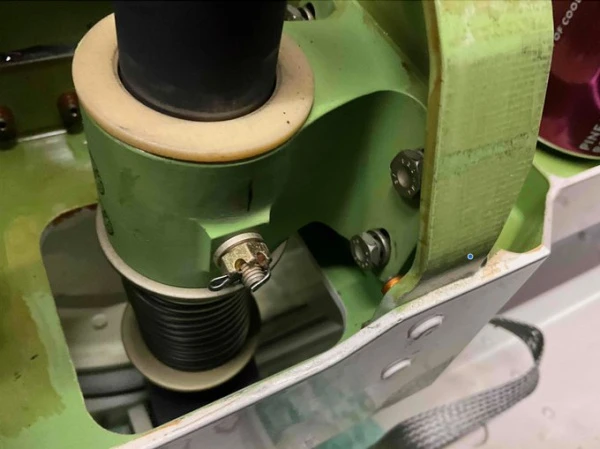Not all Bolt Failures are Obvious
Recent and alarming news stories about bolt failures on airliners have raised quality concerns over the manufacturing and assembly of commercial aircraft. The potential for failure can be costly and catastrophic. In an extreme and very real example, a door plug was completely detached from a passenger jet during flight. Just a few days later, photos emerged showing excessively loose bolts on the hinge for this plug on other planes of the same model.
With the safety issue still fresh in the media, two more quality escapes made their way to the surface: yet another commercial flight—this one bound for NYC—was cancelled because a passenger noticed missing fasteners on the wing while another commercial flight in Atlanta was cancelled when one of the front landing gear wheels fell off just before takeoff.
While the root cause determination for each of these incidents has not yet been made public, it justifiably raises concerns for the more than 2.5 million passengers who travel each day on U.S. airlines. It does not take an engineer to know that bolts should not be missing or visibly loose. However, a good engineer will tell you that each bolt serves a purpose and multiple modes of failure. Consider that there are over 300,000 bolts on many jet designs; it is disconcerting to believe that any oversight in underestimating the power of a seemingly uncomplicated product or assembly could have disastrous results.
Several of the most common failure modes include:
- Insufficient preload at installation. This failure can occur if the bolt was improperly torqued or tensioned due to user error, engineering errors, faulty equipment, etc.
- Fatigue failure due to excessive cyclic loading.
- Overstressing of the bolt. This can occur if the bolt strength is insufficient for the joint stresses or simply the wrong bolt grade is used.
- Bolts can fail due to quality issues, hydrogen embrittlement, corrosion assisted failures, etc. These failures are often catastrophic.
- Bolts often lose preload while in service. This usually occurs because the bolting system elasticity is insufficient to maintain adequate preload if there is some yielding of joint components. It can also occur if the connection is exposed to differential thermal expansion.
How Can Belleville Washers Help
Installing Solon Belleville Springs & Washers to the fastening system ensures a proven and reliable connection. Washers increase the elasticity of the bolting system by maintaining consistent, and sufficient bolt preload— providing improved bolted joint reliability, preventing unplanned or costly downtime, and protecting your assets.Solon Manufacturing, an industry leader on engineered solutions for critical applications, can help from design through aftermarket to ensure bolts have the correct mating parts that will effectively support any applications. Often there are standard options already available, though a custom Belleville washer can be engineered around specifications.
Belleville Washers are used in a variety of applications and industries to maintain bolt preload on bolted joints and connections. These minimize the effects of differential thermal expansion, vibration, embedment relaxation, bolt yield/creep, and thermal cycling.
Additional information such as calculator tools, videos, case studies and technical white papers can be found in our resource library.




